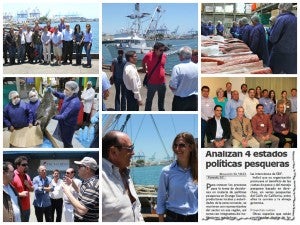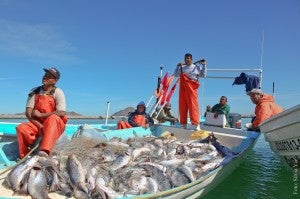Last week I had the pleasure of accompanying senior fisheries officials from four Mexican states to Southern California, where they met with fishermen, seafood processors and members of the Pacific Fishery Management Council (PFMC). As they establish and reinforce their own fishery management systems and structures, this trip was a chance for Mexican officials to see firsthand a well-established system that has evolved for decades – and generally succeeds – through broad-based stakeholder participation and a commitment to transparency.
In 2007 the four states with Gulf of California coastlines – Sonora, Sinaloa, Baja California and Baja California Sur – were mandated by the new Mexican Fisheries Law to establish fishery management structures. Some are further along than others, but each face daunting challenges; Limited manpower and finances, little governing infrastructure and minimal baseline scientific data that are so critical to fishery management.
Although I don’t presume to speak for the individual fishery leaders, I think it’s safe to say that this trip was a success. Based on our conversations, here are some of the concepts that made the strongest impressions on them during the visit: Read More











